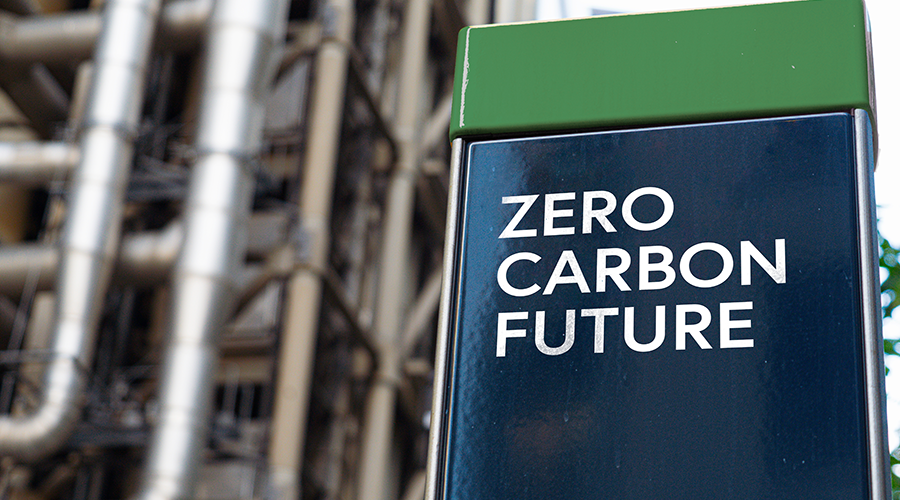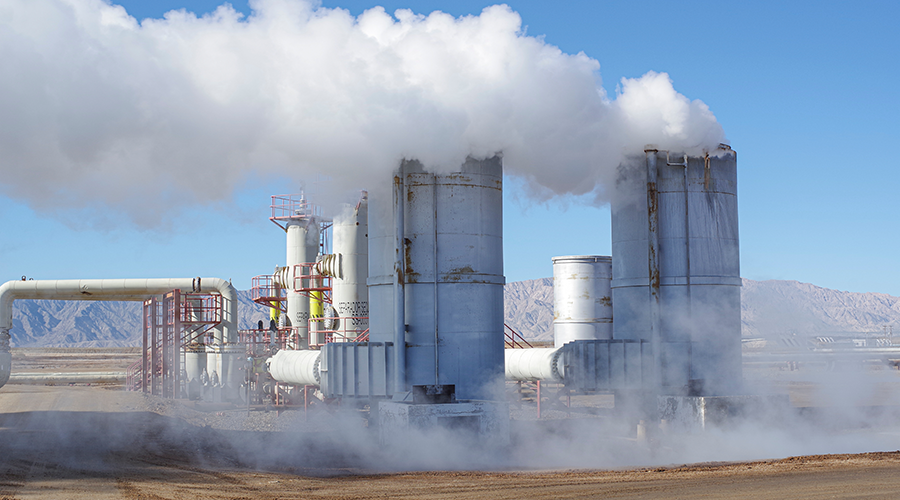
DOE Sets Definition of Net Zero Emissions
Move aims to advance efforts to decarbonize the buildings sector, which is responsible for more than one-third of total U.S. greenhouse gas emissions. June 19, 2024
By Dan Hounsell, Senior Editor
When the phrase net zero emissions emerged a few years ago as the latest buzzword in the world of climate action, questions arose about exactly what it is and how institutional and commercial facilities can achieve zero emissions from their facilities. Facilities still will have to put in the work determining how to achieve it, but at least they now have an national definition to work with.
The U.S. Department of Energy (DOE) recently announced a National Definition of a Zero Emissions Building to advance efforts to decarbonize the buildings sector, which is responsible for more than one-third of total U.S. greenhouse gas emissions. The definition is intended to provide industry guidance to support new and existing commercial and residential buildings to move towards zero emissions across the entire sector.
Earlier this year, DOE laid out a blueprint to reduce U.S. building emissions 65 percent by 2035 and 90 percent by 2050. Major technical advances in energy efficiency, heat pumps, and clean energy mean that new and existing buildings can help the nation achieve zero emissions, while ensuring domestic manufacturing of the technologies and low embodied carbon materials needed for these next-generation buildings.
Part 1 of the definition sets criteria for determining that a building generates zero emissions from energy use in building operations. By the definition, at a minimum, a zero emissions building must be energy efficient, free of onsite emissions from energy use and powered solely from clean energy.
Dan Hounsell is senior editor for the facilities market. He has more than 30 years of experience writing about facilities maintenance, engineering and management.
Next
Read next on FacilitiesNet












